16.10.2014
, Omar Chowdhury
During this year's annual Google I/O conference, Google introduced it's most comprehensive design guide lines for cross-platform devices called Material Design. Unlike it's previous efforts that focused on smartphones, this new design language encompasses everything from wearables, smart phones to desktop devices.
In line with contemporary design trends, Material Design continues with flat design, a route already started with previous Holo. Microsoft and Google were the first big guys to choose flat design over skeuomorphic design and in time even Apple, skeuomorphic's champion changed camps. The reason for this change is the understanding that users have matured and don't need to have User Interfaces (UI) mimicking real world counterparts (an address book looking like a rolodex, etc). Another realisation is to keep the UI as clutter-free and consistent throughout different display shapes and resolutions.
Source: google.com/design
However, this does not mean the UI has become simple and uninteresting. UIs have become more dynamic thanks to very strategic use of animation to give feedback and sense of space. As an example, in Google's Material Design, states from one screen to another transitions fluidly via changes in transformation and opacity of various elements, establishing a sense of continuity and space much better than an abrupt content change between the pages. Also small details such as a navigation ">" icon changing to an "x" icon when reaching the end, or beautifully animated weather icons are appreciated by the user and gives value to the product.
Overall what Google has presented with Material Design is a very comprehensive example of a design guide based on flat design which provides very good UI solutions and appears high grade as well. There is a lot to take away from it.


